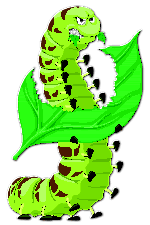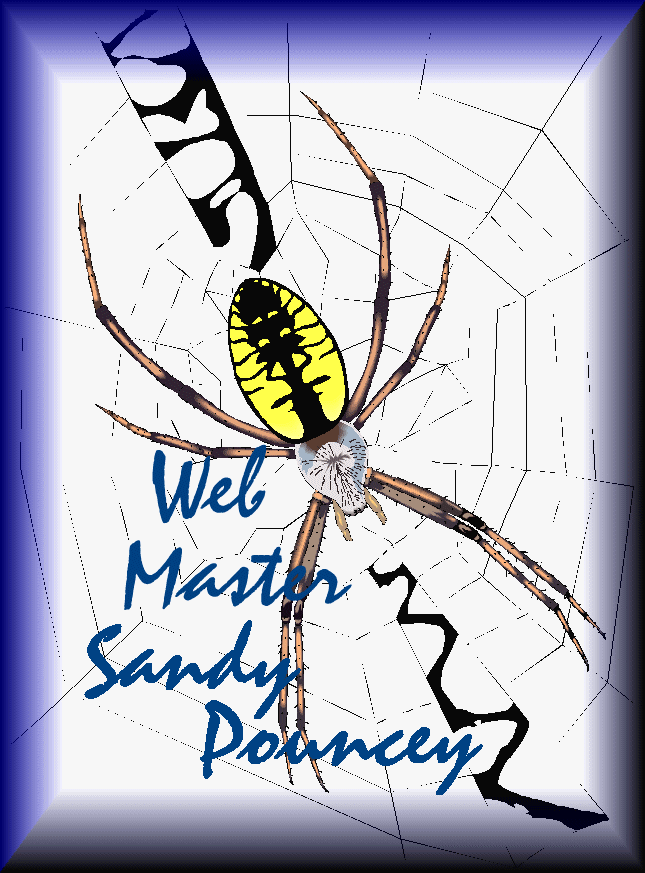

Insects destroy or render foliage nonfunctional by consuming whole leaves, skeletonizing leaf surfaces, mining between surfaces, killing leaf tissue by removal of leaf sap (insects with sucking mouth parts), and/or by causing the formation of abnormal growths called galls. The type of damage caused is often characteristic of certain insects and is useful in identification of the species.
Destruction of leaves or needles deprives the tree of the main structures necessary for photosynthesis, transpiration, translocation, and gas exchange. Primary effects from loss of foliage are: suppression of radial growth; mortality; loss in height growth (dieback), which often results in poorly formed trees; and/or, loss of aesthetic and environmental values of trees. That specific effect that occurs-growth loss, mortality, or other--depends on several things, but first and foremost on proportion of foliage that is lost. Most healthy trees produce foliage in amounts exceeding that necessary for normal development. Light defoliation, if distributed throughout the crown, causes little or no measurable injury or loss, and is of little concern except among shade and ornamental trees. Heavy to complete defoliation, however, can produce serious loss, but the ultimate loss varies and depends on (A) species of tree (deciduous vs. evergreen), (B) time of season that foliage is lost, and (C) health and vigor of the tree. (A) Deciduous trees withstand loss of foliage much better than do evergreen conifers. A single complete defoliation of evergreens can cause tree mortality; healthy deciduous trees, on the other hand, may lose growth but usually refoliate and survive. (B) Loss of foliage early in the season before leaf buds for the following year are formed is usually more serious than late-season defoliation. (C) Any heavy or complete defoliation weakens trees and leaves them vulnerable to invasion by secondary insects (bark beetles and/or wood borers). As noted above, healthy, vigorous trees, particularly hardwoods, stand a good chance of surviving defoliation. Unhealthy, low-vigor trees however, may be further weakened and die, or be attacked and killed by secondary insects.
One phase of the research on insects of Alabama trees has been devoted to the study of these foliage feeders. Common and important species are found in the orders Lepidoptera, Hymenoptera, Coleoptera, Hemiptera, Homoptera, Diptera, and Orthoptera. In addition, certain species of mites (Class Arachnida) also infest foliage of trees. Mites are not insects but cause similar damage, thus are here included. The following is a summation of study findings, and is offered as a guide to recognition and habits of species encountered. Species are presented by order or group in the sequence listed above, except for those causing galls. Gall-makers are presented in a separate section so headed.
 |
|
|
To Crown Insects |
|
To Alabama Trees |
|
To Lacy L. Hyche |
|
To Web Publications |
|
To Main Page |
All photos courtesy of Lacy L. Hyche
|
Any comments on the design of this page can be sent to the | 
|